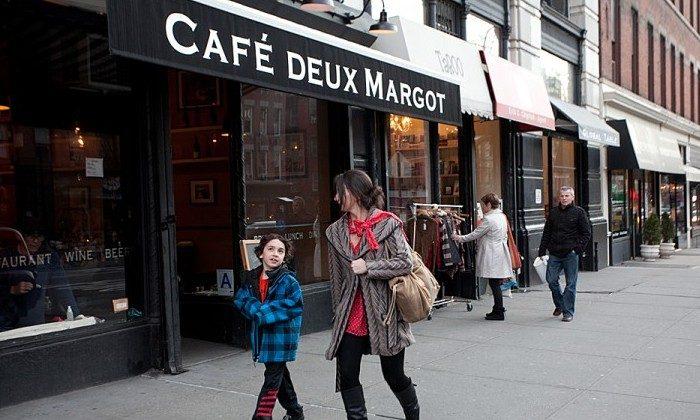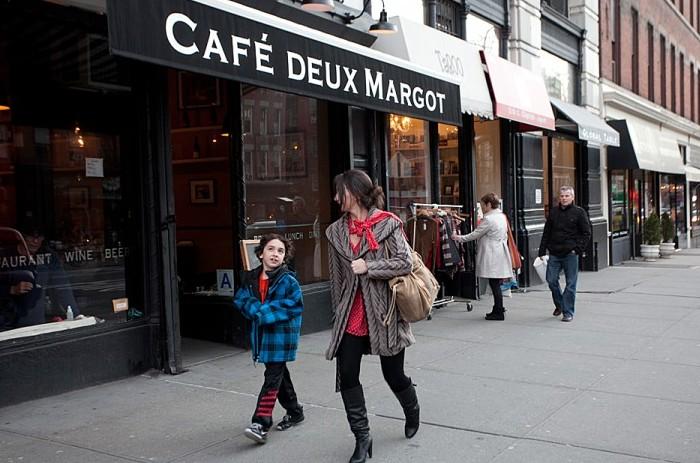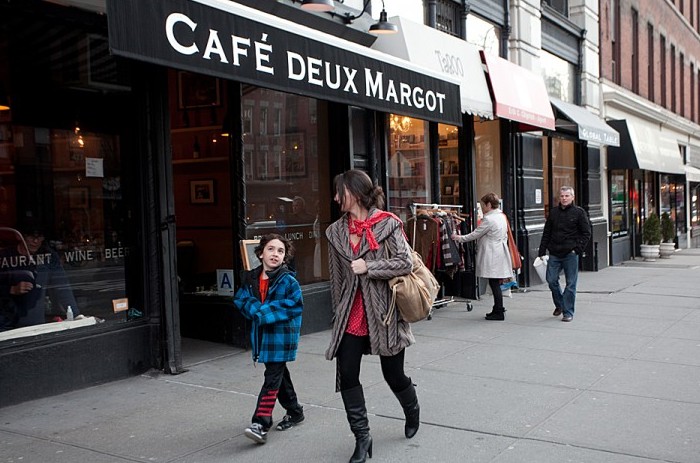NEW YORK—While some people worry chain stores will change the small-shop atmosphere of New York City’s streets, some business associations argue that small and large businesses can coexist.
The City Planning Department’s proposal to restrict storefront size along Amsterdam and Columbus avenues on the Upper West Side is currently under debate.
The business associations and others say that regulations on storefront size are bad policy.
The proposal, which was opened for public review on Jan. 3, would limit storefronts to 40 feet wide and bank fronts to 25 feet wide on Amsterdam Avenue between 73rd and 110th streets and Columbus Avenues between 73rd and 87th streets.
“Large and small can coexist and in fact larger spaces bring foot traffic and that’s good for small retail,” says Monica Blum, president of Lincoln Square Business Improvement District (BID). Although the proposed regulations do not reach her district, she notes that, once a precedent is set, it could expand throughout the city.
Other business groups have stated their opposition to the proposal including, the West Manhattan Chamber of Commerce and Manhattan Chamber of Commerce.
“While it’s a well-meaning attempt to keep some of the small stores that we now have, there could be some unintended consequences,” said Andrew Albert, executive director of the West Manhattan Chamber of Commerce, a nonprofit organization.
A Manhattan Chamber of Commerce document issued in February cited these probable effects of the proposal: Successful businesses will not be able to expand; landlords are likely to charge more for rent to make up for less flexibility; drugstores and banks that create jobs and are needed by community demand will be limited.
Albert mentioned that retailers looking to expand their businesses may simply relocate to another part of Manhattan instead of the Upper West Side.
Amsterdam and Columbus avenues have historically offered small retail stores. In contrast, nearby sections of Broadway are lined with major retail chain stores and larger shops. In 2009, Community Board 7 and Councilwoman Gale Brewer asked the Department of City Planning (DCP) to protect local retail landscape diversity.
Some businesses that come into the area are able to combine several storefronts into one larger retail space, which can be threatening to historic preservation in the affected neighborhood, according to the DCP’s website.
NYU Economist on Plan Drawbacks
“New York City has a long history of trying to encourage locally based smaller retailers and trying to discourage larger chains retailers headquartered somewhere else,” said Lawrence J. White, professor of economics at NYU, mentioning the that the city has yet to have a Walmart and only recently opened a Target.
He emphasized that larger retailers are extremely beneficial to the local economy and that if the proposal passes, it will have detrimental effects on the neighborhood.
“[Large chain retailers] are coming and they are expecting primarily local shoppers to patronize their stores and the shoppers will patronize because they think they are getting a better deal than where they were shopping before” said White. “I think this is all a response to local consumer demand and that’s all for the good.”
He also says these stores will enhance the safety of the affected area. Chain stores stay open later, which means more people on the streets, which White says means less crime, citing writer and urban planning activist Jane Jacob.
“Small local businesses have got to adjust to chains’ circumstances, and it is possible for local business to survive. They may not be as large, they may not be able to match the large chain prices, but if they can provide more personalized service, if they can know their customers better, then they can survive.”
Support Among Property Owners and Merchants
Peter Arndtsen, district manager of the Columbus-Amsterdam BID, says property owners and merchants have shown support for the plan at the BID’s meetings.
The Columbus-Amsterdam BID has been working for nine months with the DCP, putting together discussion meetings for property owners. The BID itself has not taken a position on the issue. The Community Board met to discuss the proposal Tuesday and pass a recommendation on to the Manhattan borough president.







Friends Read Free